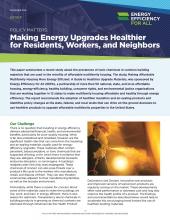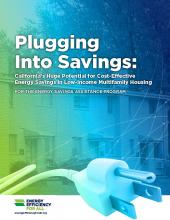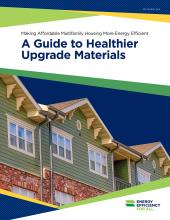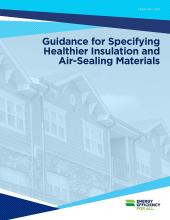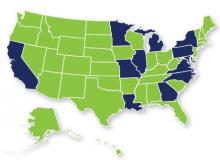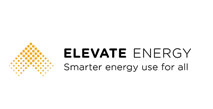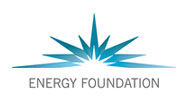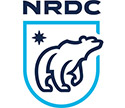There is no question that investing in energy efficiency delivers substantial financial, health, and environmental benefits, particularly for poor-quality housing.
Through a review of hundreds of HFA documents, including Qualified Allocation Plans, LIHTC applications, Design and Construction Guidelines, and other documents, NHT identified the most prominent strategies HFAs were using in 2016 to advance energy and water efficiency in Housing Credit properties. Strategies include:
- Green Capital or Physical Needs Assessment
- Energy and Water Audits or Modeling
- Performance-based Requirements or Incentives
- Third-party Building Standards
- Required Energy Professionals
- Energy and Water Benchmarking
- Water Conservation
- Coordination with Utility Energy Efficiency Programs
- Project-specific Utility Allowances
- Renewable Energy Incentives
| Attachment | Size |
|---|---|
| 4.02 MB |

